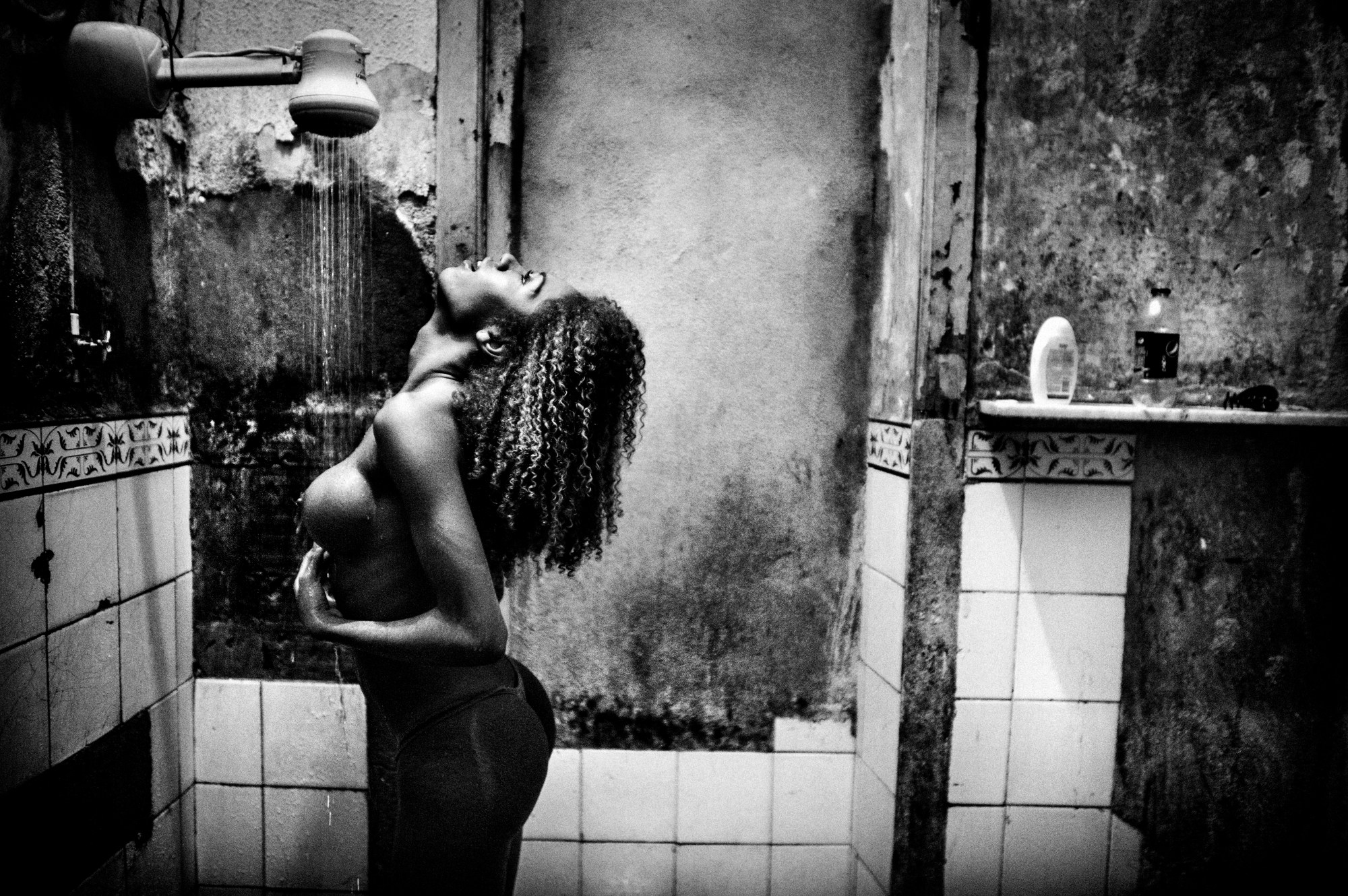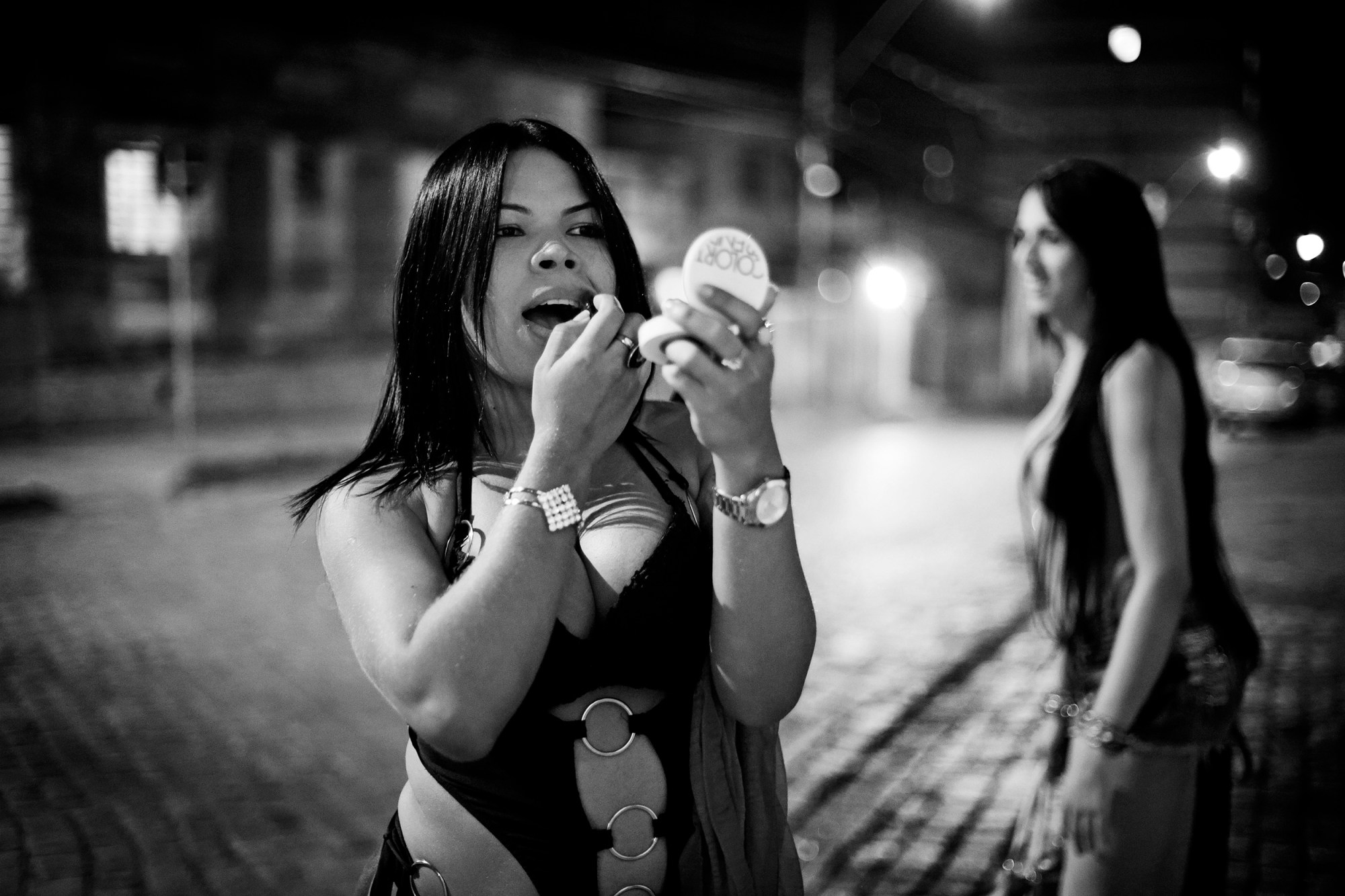This could be a watershed moment for Brazil’s queer communities. In a country world-renowned for its sexually liberal attitudes and gender-fluid festivals, a recent surge in support for deeply religious conservative values is creating national division.
An exhibition in Porto Alegre, Queermuseu, was recently closed after fierce protests from those claiming it promoted bestiality and pedophilia. Another exhibition at the São Paolo Museum of Art was met with demonstrations from hordes of evangelical Christians, whose numbers have increased from 9% of the population to nearly 25% in the last 25 years. Right wing politicians are gaining prominence too, with evangelical bishop Marcelo Crivella elected mayor of Rio de Janeiro in 2016 while centre-right President Michel Temer remains in office amid allegations of corruption.
Brazil’s transgender communities have a rich history, dating back to Rio nightclubs of the 1950s and 60s, but they have also been targeted by alarming numbers of hate crimes. Brazil accounts for 40% of murders of transgender people in the world (according to the UN Development Programme). Last year over 170 transgender people were murdered in Brazil.
Meanwhile, more and more photographers are turning their lenses towards Brazil’s trans culture. The people in these pictures are facing tough times, often forced to work as prostitutes to make a living and experiencing prejudice as part of their everyday lives. Yet amid the turmoil, photographers have often captured the defiant vitality that exists in these groups. I spoke to the people holding the cameras about their role in preserving an essential part of Brazilian culture.

In 2012 Spanish photographer Pep Bonet spent a few days with different communities of transsexuals in Rio de Janeiro and the surrounding area for a project called All Imperfect Things. An especially photogenic subject was the 19 year-old Shaw, pictured above, who rents a room in a house with around 25 other transsexuals in Lapa, a neighbourhood in Rio.
Although the house, owned by activist Luana Muniz, is something of a safe haven, the girls living there have little choice but to work as prostitutes, with many seeing this as their payment for wanting to change. Over Skype, Pep tells me that there are positives to take from the situation for trans people in Brazil, but that there is a long way to go. He talks of a future where “they are taken seriously because of their abilities of doing the job and not because they look different than the rest of society”.
When I ask Pep about the impact of the religious right, his response is emphatic: “I believe the church has made a lot of mistakes, hurt a lot of communities.” Asked for specifics, he points towards preaching against the use of condoms and the condemnation of “nonconventional” sexual relationships.

Jetmir Idrizi’s project TransBrazil was awarded 1st place in the Campaign category of the 2016 Sony World Photography Awards. I ask him about his role in the current political climate and he tells me that documenting the plight of LGBT+ communities has never been more important. Even so, he stresses the need to portray them in a positive way. “It was very important to capture the carnival and celebrations,” he says. “Because these vital moments are an important source of strength.”
That being said, he’s wary of glamorising the lifestyle. “I didn’t want to create a fairytale image of the LGBT community,” he says. “The trans life expectancy is 35 years, below half of the average national level.” To that end, his photographs have an alluring yet contemplative quality, such as in the image above, of Ronalda Bi, a makeup artist from São Paolo.
This contrast in the lives of Brazil’s trans population — between the hardship and a prevailing vivacity — also provided inspiration for Portuguese photojournalist Bruno Colaço. For his project An Ordinary World Cup Day, Bruno sought to capture the everyday lives of three transsexuals in the city of Campinas, in São Paolo state, while Brazil hosted the FIFA World Cup in 2014. “I simply wanted to portray the ordinariness of their life,” he tells me. “Getting people to know what these girls fought to get here and what they face everyday seemed to me a good starting point.”

The three girls in question, Raíca (pictured above), Lara and Sasha, all work as prostitutes and said that increased security during the tournament had had a negative impact on their income. Nonetheless, a clear defiance shines through in the smiles and body language captured in Bruno’s work. “It was obvious that now their day-to-day life was like a statement,” he says. “They were living life on their own terms now. Not that everything was going well but in a certain way they were in control, for the good and for the bad.”
Defiant positivity is what unites much of Brazil’s younger communities against the resurgent religious right, often in dazzling style. This is rarely better demonstrated than at São Paolo’s Mamba Negra parties. Set up in 2013 in response to the oppression of women and the LGBT+ community in Brazil, Mamba Negra combines bludgeoning techno sets with jaw-dropping fancy dress. The ‘About’ section of the group’s Facebook page offers no more than a definition of the deadly snake after which it was named: “poisonous serpent with libidinous nocturnal habits”.
Speaking to Ivi Maiga Bugrimenko, Mamba Negra’s official photographer, I get the sense that the parties are as fun as they are politically charged. Trans people, who get VIP access at all Mamba Negra events, appear a lot in Ivi’s photos. “I end up taking a lot of trans photos because they always seem very exuberant,” she says. “And because they are there, right in front of me, enjoying the party like everybody.”
This month saw Brazil’s world famous Carnival hit the streets again. Ivi tells me that the celebration has grown in both size and importance due to the repression of the state as, like Mamba Negra, the festivities at Carnival often provide a safe space for sexual expression. It is not without controversy, however.

I ask Ivi about the tradition of men attending street parties dressed in women’s clothing. “It’s something the younger and politicised really associate with an old-fashioned kind of humour that is disconnected from the advancement of the struggle for gender equality,” she says. For younger generations like Ivi’s, men wearing dresses and skirts feels like a pejorative form of satirising both women and LGBT+ groups. “There’s nothing really funny about dressing up as a woman, is there?” Ivi adds. “It is only a reflection of an oppressive and religious state.”
Which brings us back to where we started, on the negative impact of religious teachings on Brazil’s trans population. “The church is always trying to give a hand to the ones in need,” says Pep Bonet. “But what we need in Brazil is a society where people understand what these people are, which is human beings with a different orientation or with a body which they don’t belong in.”
Among the complex blend of emotions and themes running through all of these photographs — adversity, aesthetic magnetism and defiant vibrancy, to name a few — it’s the underlying humanism which has the most enduring effect. This is perhaps never captured better than in the image above, a photograph of Aline Becket backstage at Site Club, an underground gay and trans venue located 50 kilometres from central Rio. A triumph of simplicity, the picture’s subject confronts the viewer with a look of matter-of-fact vulnerability. It’s as though with a single look we’re being forced to ask ourselves why society is failing its trans communities.
Pep assures me that photography alone is not the solution, stressing the importance of activism alongside art. But in taking small steps towards improvement? “I think that’s where my job comes in,” Pep says. “It’s important because it helps people to open up and understand that those are human beings that also have lives, that also have families, also have dreams and want a good future.”
